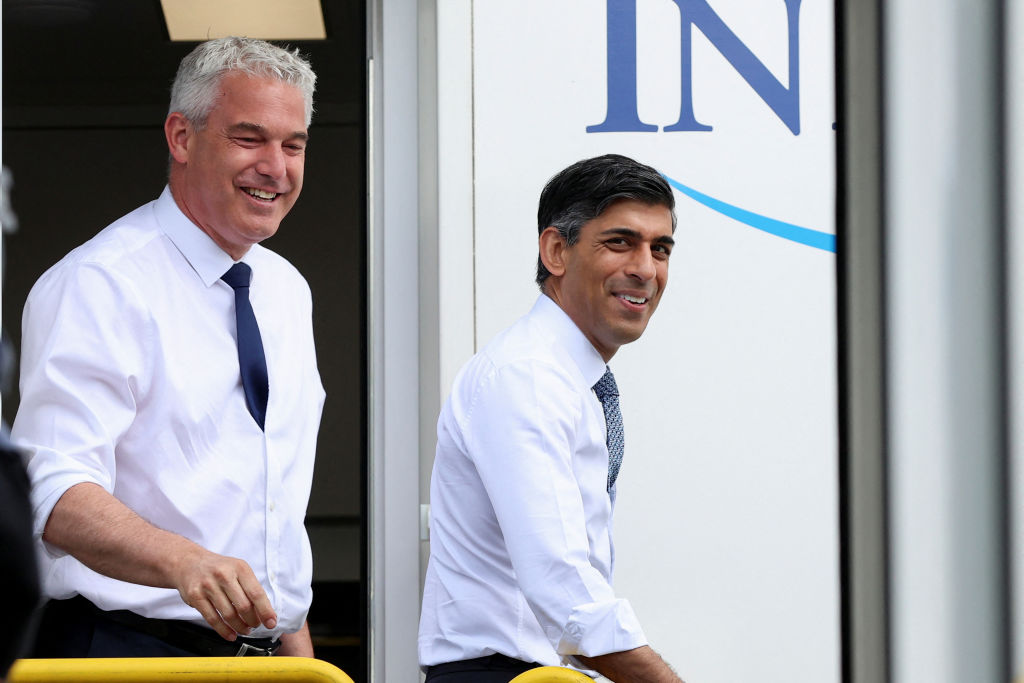The NHS is facing the worst workforce crisis in its history. Vacancies are high and retaining staff is getting more difficult. Though medical schools have increased their student intake in recent years, poor working conditions and ongoing pay disputes continue to threaten the functioning of the health service. Prime Minister Rishi Sunak and Health Secretary Steve Barclay have knocked their heads together and concocted a plan in a bid to save the NHS. The question is: will it actually work?
More medical school places, shorter degrees, apprenticeships for doctors and increased job flexibility are all on the table as part of the Tories’ blueprint. But while NHS chief Amanda Pritchard has heralded the government announcement as being a ‘historic’ moment for the health service, it hasn’t impressed everyone else quite as much.
Healthcare providers elsewhere are unsubtly using NHS dissatisfaction to their advantage
The 2031 target set out in the plan includes increasing medical school places to 15,000 a year, but there is uncertainty about how these doctors will be retained in the service on completion of their degrees. The plan faces similar issues to shadow health secretary Wes Streeting’s vision, which is that unless poor working conditions – and concerns about pay – are dealt with, there is a real risk of the UK simply funding the medical workforce of other countries. Healthcare providers elsewhere are unsubtly using NHS dissatisfaction to their advantage: Australian companies are planting enticing ads in publications like the British Medical Journal that conspicuously feature the competitive salaries on offer. Strikingly, pay isn’t mentioned within any of these new proposals, a nod to the ongoing stalemate between the government and medics, who are gearing up to stage their longest strike yet.
Doctors’ apprenticeships are a sticking point too, particularly given the controversy surrounding ‘physician’s associates’, whom doctors have accused of earning more than them for jobs that entail less responsibility – and for pinching training opportunities that would be more beneficial to fully qualified medics. There is great confusion about who exactly will train these new medical apprentices, given doctors are already overworked and struggling to fill rota gaps.
The government’s announcement has sparked concern that with the introduction of ‘apprentice doctors’ and short degree courses, standards and training quality will nosedive. Others worry that those workers trained via apprenticeships will have limitations placed on them that university-educated physicians don’t, hindering how useful they can actually be in practice. The reality is that medicine is a complex degree course that requires solid academic foundations alongside clinical competence. Hospital and GP placements are incredibly useful for preparing for practice – but only in tandem with a sound knowledge base. It’s not quite clear exactly how apprenticeships would achieve this to the level that universities can.
The workforce plan has been slammed for lacking ‘real strategy’ and doctors across the UK have delivered scathing verdicts of Barclay’s plan, with one describing the apprenticeships as simply another way of delivering ‘cheap labour’. Stephen Powis, medical director of NHS England, sounded wary on BBC radio this morning, describing the plan as ‘doable’ but ‘challenging’. Powis also admitted that patients are not likely to feel the benefits of the plan for several years.
Sunak and Barclay are right to focus on the NHS’s staffing crisis, though given the warnings have been there for a while, this plan seems to be too little too late. Some of their proposals, like flexible working conditions and increased GP training places, will be welcomed – but trying to push even more doctors into a system that, in its current state, leaves its staff feeling underpaid and overstretched doesn’t appear the best way to improve retention. Making this work in practice will be a long, drawn-out process – and time is running out for the health service.







Comments